 At least, that’s what VW claims. The XL1 has a 1 litre engine, weighs just 795kg and emits 24g/km of CO2. Looks pretty cool too
At least, that’s what VW claims. The XL1 has a 1 litre engine, weighs just 795kg and emits 24g/km of CO2. Looks pretty cool too
Words: Saeed Akhtar
To be precise, 107.1 kmpl. Or nearly ten times more fuel efficient than your average sedan. Hard to believe, and let’s face it – experience suggests that the reality might be slightly less amazing than VW bills it. But make no mistake, this is one remarkable road car. And Volkswagen will build it, too, firstly in highly restricted numbers in Wolfsburg, and later in higher volumes (say 100,000 a year) at the Phaeton plant in Dresden.

 The XL1, a rear-wheel-drive two-seater, marks the third chapter in VW’s one-litre car saga. In 2002, it presented a tandem-seater bubble car that weighed only 290kg. In 2009, we saw the less minimalistic but still cigar-shaped L1, weighing 380kg. For 2011, the packaging is changed so that driver and passenger sit next to each other in a slightly staggered position. XL1 weighs 795kg, but features air-con, the full ICE works, a comprehensive safety cell and a plug-in hybrid system.
The XL1, a rear-wheel-drive two-seater, marks the third chapter in VW’s one-litre car saga. In 2002, it presented a tandem-seater bubble car that weighed only 290kg. In 2009, we saw the less minimalistic but still cigar-shaped L1, weighing 380kg. For 2011, the packaging is changed so that driver and passenger sit next to each other in a slightly staggered position. XL1 weighs 795kg, but features air-con, the full ICE works, a comprehensive safety cell and a plug-in hybrid system.
Push the starter button – once to alert the high-voltage brain and to light up the green READY display; a second time to release the shifter of the seven-speed DSG box. In D, you take off in near-total silence. The touchscreen keeps us informed about the battery condition, driving range, charge status, energy flow and a dozen more numerical or bar-graph parameters.

 Theoretically, the XL1 can accelerate upto 100kmph in zero-emission mode. With the EV button pushed, you can cover up to 32 kilometres without burning a drop of diesel. Acoustically, e-mode is a somewhat eerie experience. Depending on speed and the gear you’re in, the electric motor sounds like the humming of a freshly stocked fridge or the whining of an undergeared forklift.
Theoretically, the XL1 can accelerate upto 100kmph in zero-emission mode. With the EV button pushed, you can cover up to 32 kilometres without burning a drop of diesel. Acoustically, e-mode is a somewhat eerie experience. Depending on speed and the gear you’re in, the electric motor sounds like the humming of a freshly stocked fridge or the whining of an undergeared forklift.
It’s redlined at a modest 4500rpm where it dishes up 49PS and 121Nm of torque, and it seems noisy. That’s the bad news. The good news is that the amazingly civilised drivetrain management fades the diesel in and out super-smoothly. On some occasions, the auxiliary powertrain is only required for three or four seconds, but on the highway where the XL1 quickly reaches a limited 100mph, diesel is mandatory. When you floor the accelerator, a combined 76PS and 220Nm will whip the featherweight coupe from 0 to100kmph in 11.9 sec. Without the speed limiter, the car could top 210kmph, says VW.
Recharging the batteries takes 20-90 minutes depending on the voltage. Made of carbonfibre by Austria’s Carbotech, the XL1 body is bonded and bolted together for maximum stiffness and easy repair, using a process called aRTM. The energy cells weigh 60kg and deliver 5kWh.
 Since it is difficult to gauge factors like battery prices, ageing profiles, reliability issues and potential subsidies, VW is still undecided whether the one-litre car will be sold or leased. ‘The first batch of cars will go to early adopters,’ explains Ulrich Hackenberg, board member in charge of R&D. ‘We are going to build them in Wolfsburg, using prototype tools, starting in 2013. That’s why the output is limited to between 50 and 100 units. In a second step, it would make sense to aim for at least 5,000 cars. If the market demands more of the product, this number could grow to 15,000. Beyond that, you are looking at major investments and at a volume of upto 100,000 units.’
Since it is difficult to gauge factors like battery prices, ageing profiles, reliability issues and potential subsidies, VW is still undecided whether the one-litre car will be sold or leased. ‘The first batch of cars will go to early adopters,’ explains Ulrich Hackenberg, board member in charge of R&D. ‘We are going to build them in Wolfsburg, using prototype tools, starting in 2013. That’s why the output is limited to between 50 and 100 units. In a second step, it would make sense to aim for at least 5,000 cars. If the market demands more of the product, this number could grow to 15,000. Beyond that, you are looking at major investments and at a volume of upto 100,000 units.’
So this car really matters. And whatever other hurdles it faces, it has a key box already ticked: it’s fun to drive. A lot of fun.






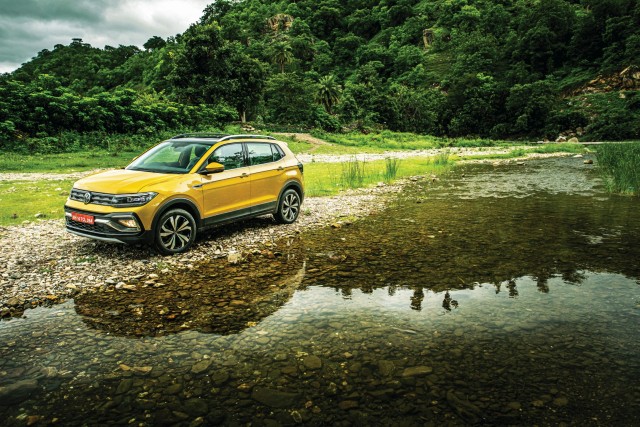
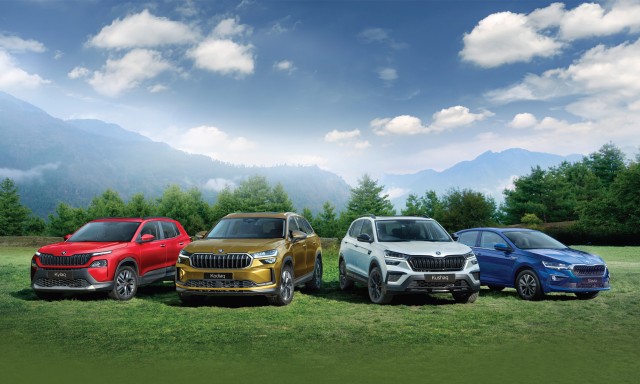

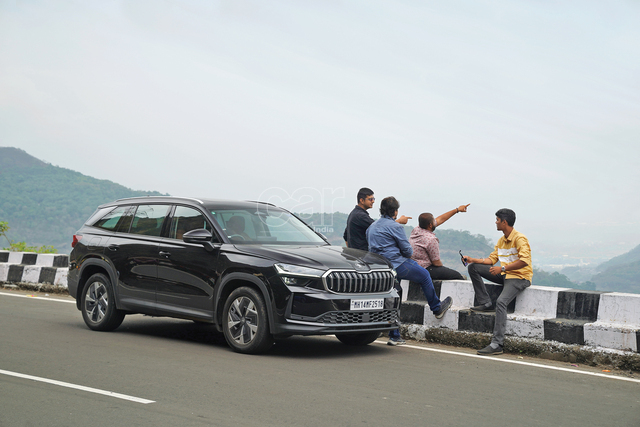



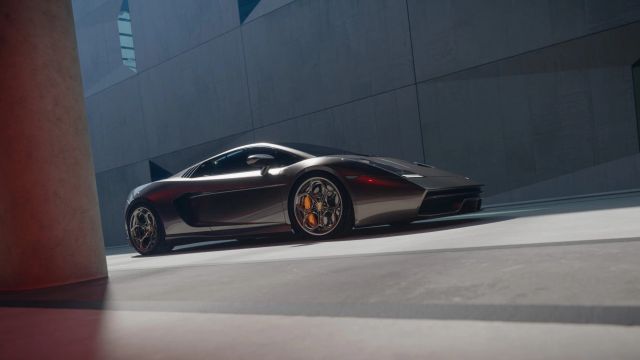
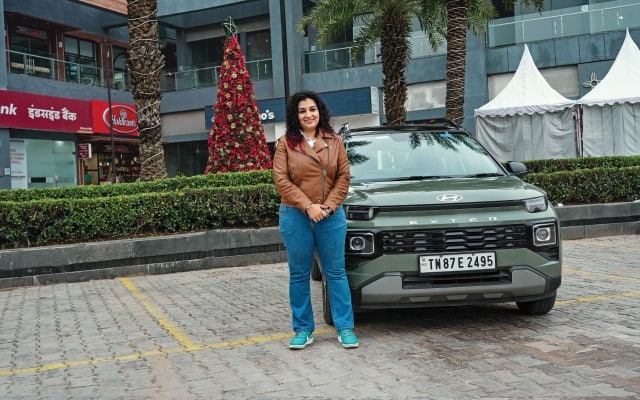

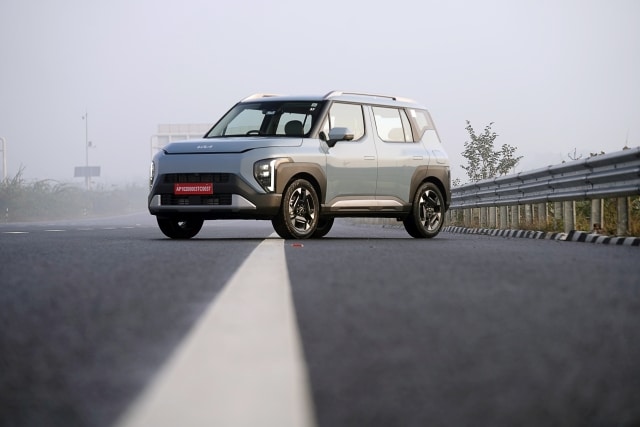



Leave a Reply